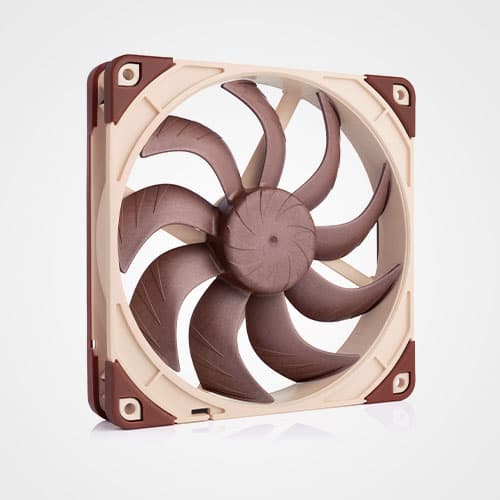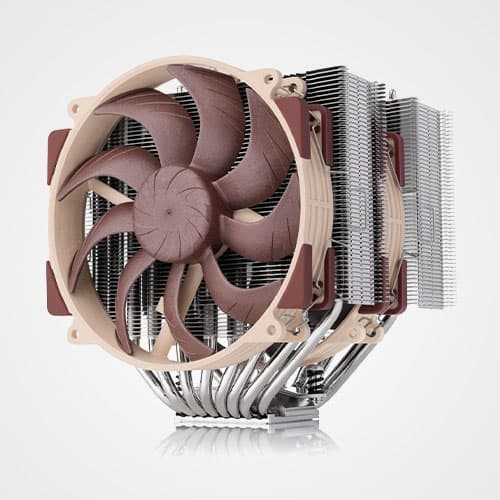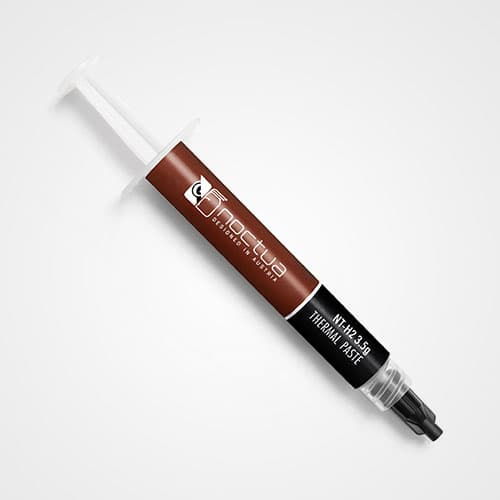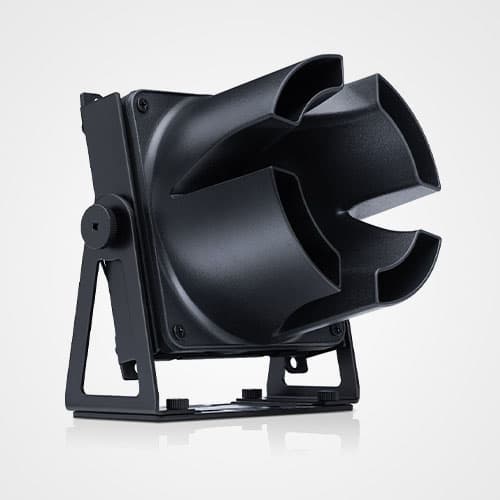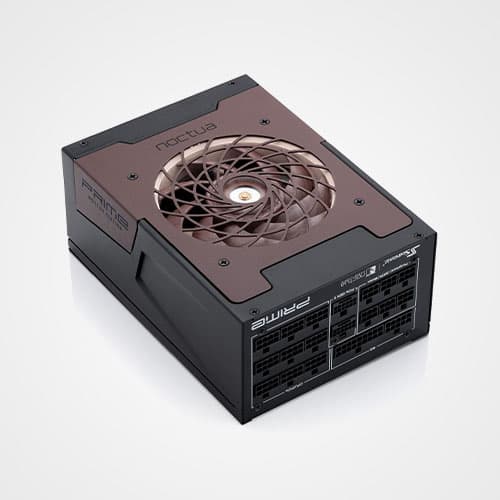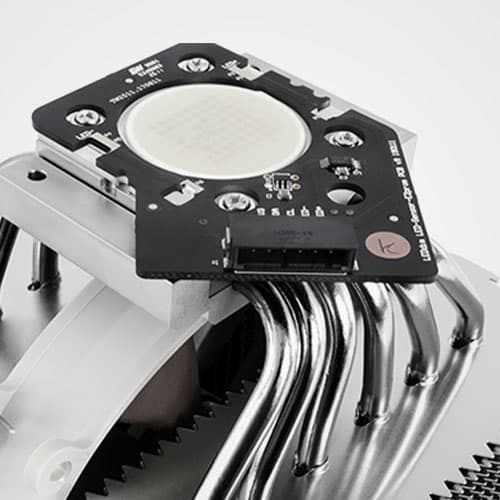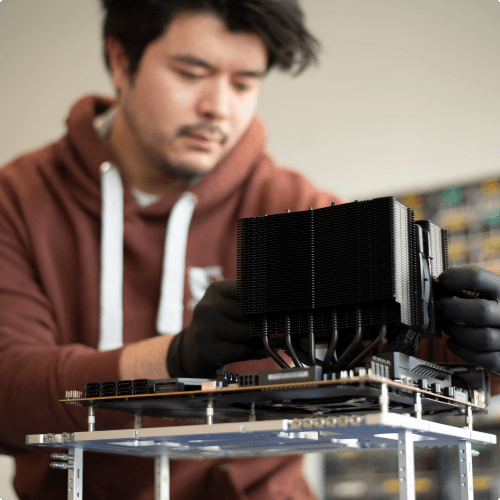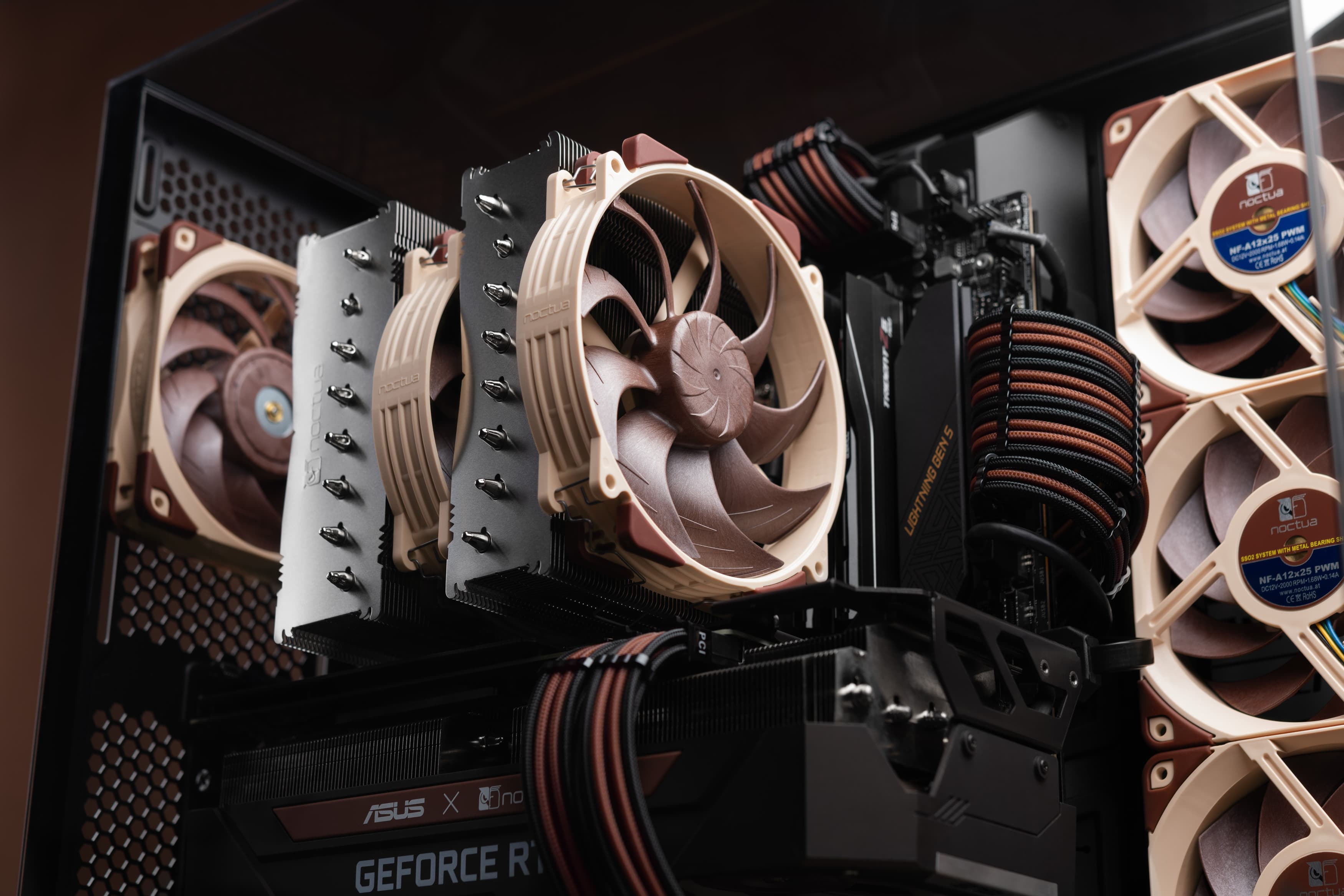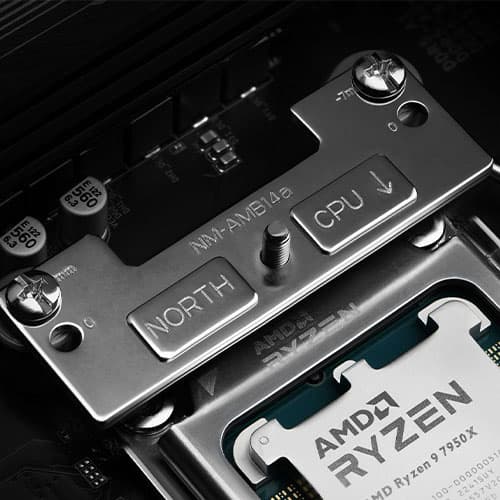
FAQs
Got questions? We've got answers
Filter by topic
Airflow guide part 2 - next steps
How do I optimise my fan settings?
How do I determine my fan's airflow direction?
What is the RAM clearance of my Noctua CPU cooler?
How can I ensure both case and RAM compatibility with my NH-D15 (G2)?
Airflow guide part 1 - foundation
What pin configuration do Noctua fans use?
83mm (MP83) vs. 78mm (MP78) mounting pitch, which kit do I need?
In which orientation should Noctua coolers be installed?
Which version of the NH-D15 G2 should I buy (LBC, standard or HBC)?
You specify airflow in m³/h, how can I convert it to CFM?
Can I connect multiple fans to one fan header?
How do I install a case fan?
How can I check if my Noctua CPU cooler already includes AM5 and AM4 mounting parts?
How should I apply the NT-H1 or NT-H2 thermal paste on the CPU and how can I remove it?
Contact us

Contact us
If you have questions or need assistance with our products, our support team is here to help.

